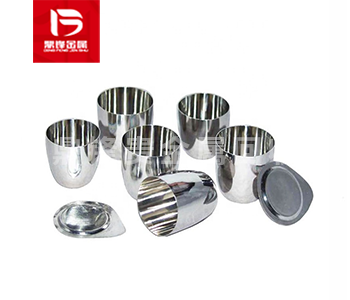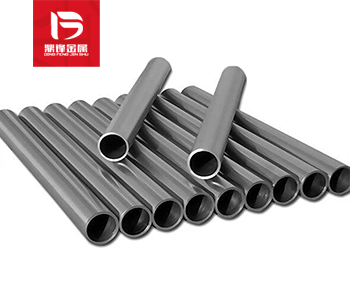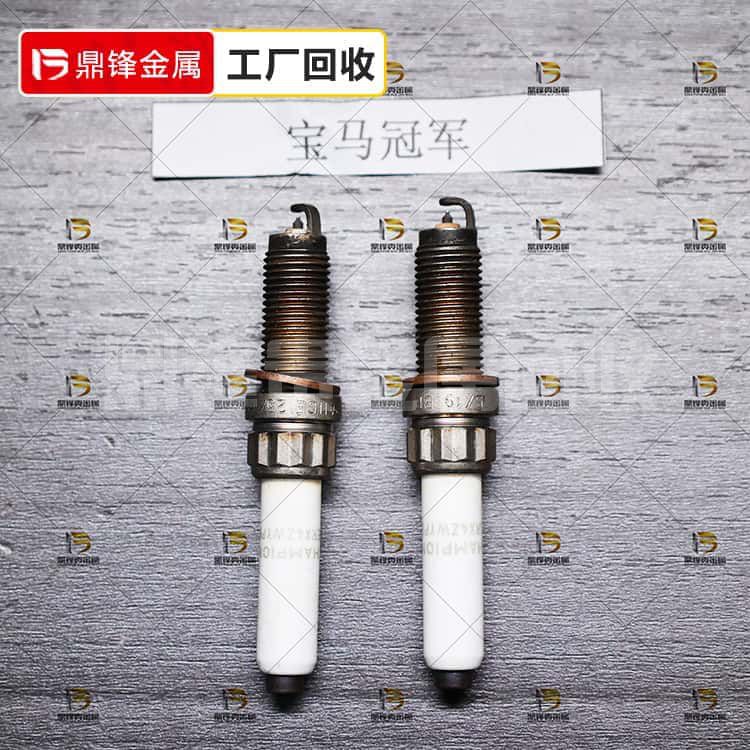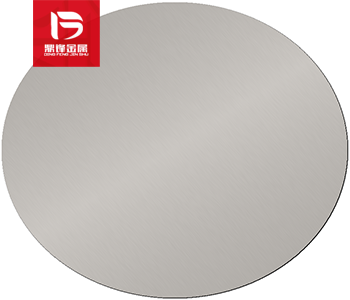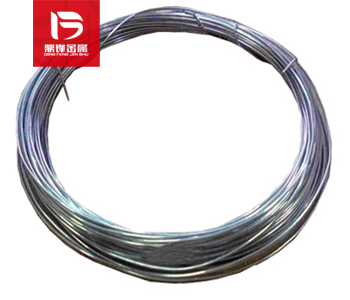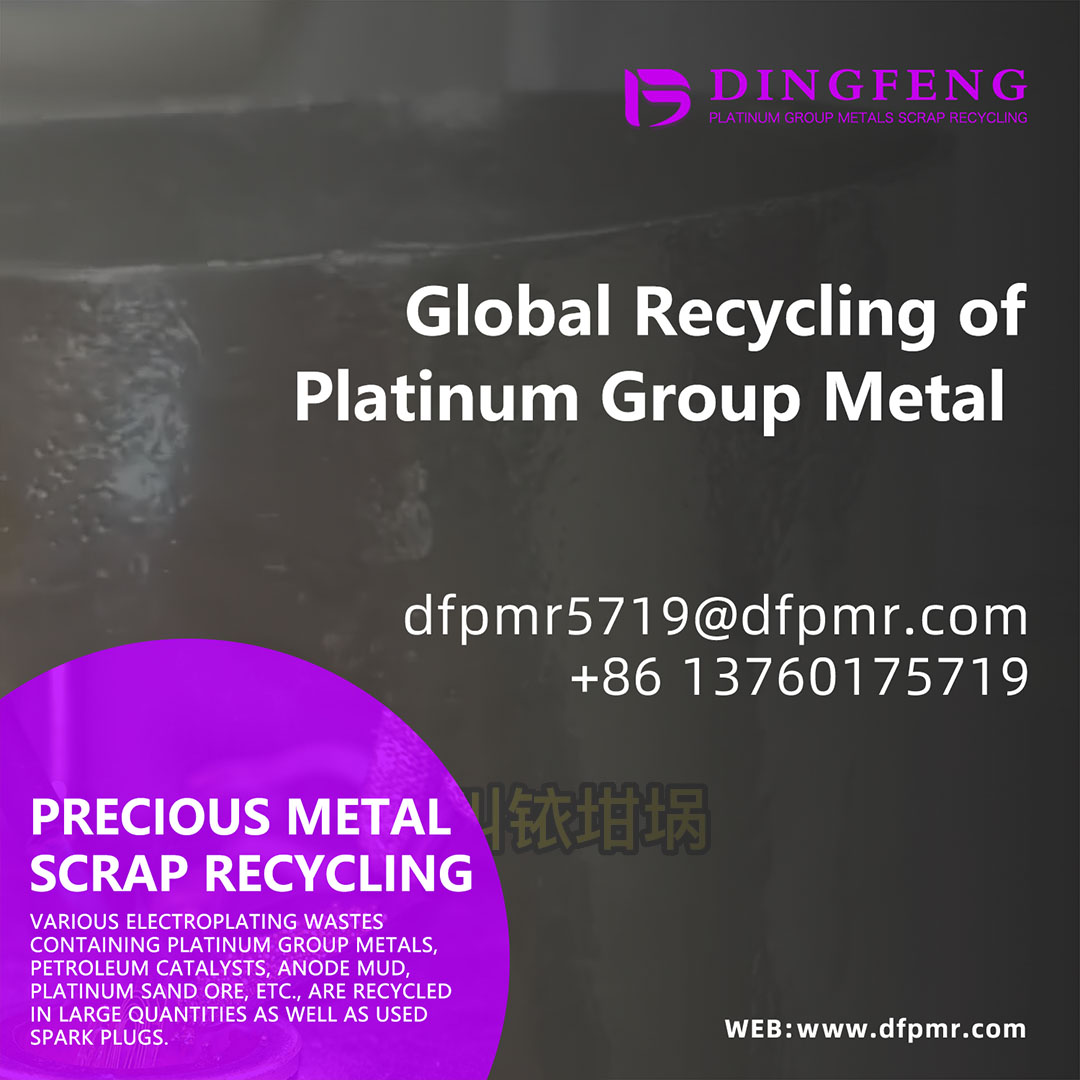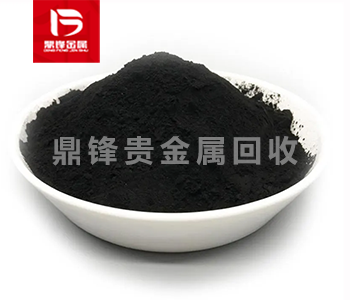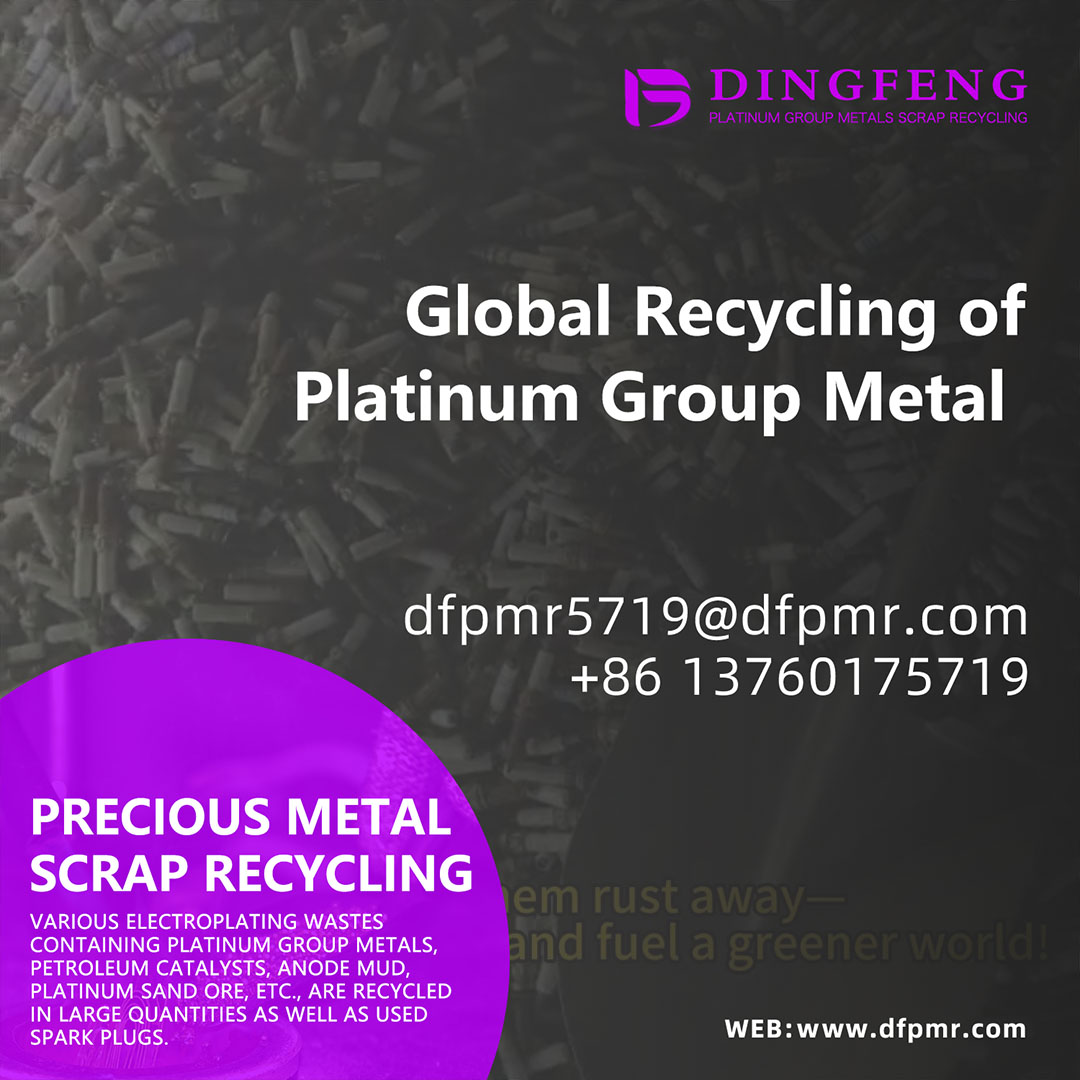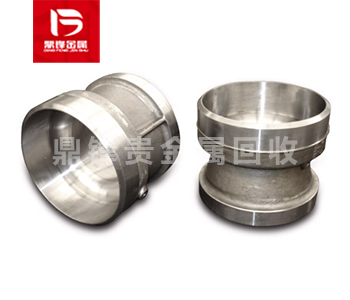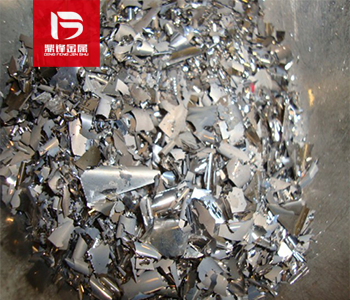Platinum Crucible Recovery_ Platinum crucible recycling_ Precious metal recycling manufacturers
A platinum crucible is an experimental device used for high-temperature experiments and chemical reactions. It is made of platinum material and has excellent heat resistance and chemical inertness. Platinum crucibles are mainly used to heat solid samples at high temperatures or perform high-temperature reactions. They are commonly found in laboratories, chemical industries, and metal smelting. Used platinum crucibles are one of the sources of recycling of platinum-containing waste. Platinum-containing waste recycling also includes platinum crucible recycling, platinum-rhodium block recycling, platinum-iridium alloy recycling, platinum crucible pliers recycling, platinum-rhodium wire recycling, platinum asbestos recycling, platinum-rhodium leak plate recycling, platinum mesh recycling, platinum electrode recycling, etc.
Product Details
Platinum crucible is an experimental instrument used for high-temperature experiments and chemical reactions. It is made of platinum material and has excellent heat resistance and chemical inertness. Platinum crucibles are mainly used for heating solid samples or conducting high-temperature reactions at high temperatures, and are commonly used in fields such as laboratories, chemical industry, and metal smelting.
The process of making a platinum crucible requires the following steps:
1. Material preparation: Select high-purity platinum as the raw material for the crucible. Platinum is a precious metal, and its purity is crucial as impurities may affect the performance of the crucible.
2. Crucible shape design: Design the shape and size of the crucible according to actual needs and purposes. Crucibles can have different shapes, such as cylindrical, funnel-shaped, dish-shaped, etc.
3. Making a crucible mold: Based on the designed shape, make a mold for the crucible. The mold can use ceramics, gypsum, or other materials suitable for making the mold.
4. Casting crucible: Melt high-purity platinum, and then pour the melted platinum into the prepared mold. During the casting process, attention should be paid to avoiding contamination by impurities and ensuring the purity of the crucible.
5. Strike the mold: After the platinum has cooled and solidified, strike the mold or use other methods to remove the crucible from the mold.
6. Post treatment: The removed crucible may have some burrs or other uneven areas that require post treatment. Tools such as sandpaper and metal knives can be used to trim and polish the crucible to make its surface smooth.
7. Cleaning and testing: Clean the crucible to remove surface dirt and impurities, and then conduct testing to ensure its heat resistance and chemical inertness meet the requirements. Testing can include conducting heating tests at high temperatures or reacting with specific chemical substances.
The waste platinum crucible is one of the sources of recycling platinum containing waste. The recycling of platinum containing waste also includes the recycling of platinum crucible, platinum rhodium block, platinum iridium alloy, platinum Crucible tongs, platinum rhodium wire, platinum asbestos, platinum rhodium leak plate, platinum mesh, platinum electrode, etc. If you have any demand for platinum containing waste recycling, please call our 24-hour service hotline. Dingfeng Precious Metal Recycling and Refining Factory has its own recycling and refining factory without intermediaries to earn price differences. Our professional technical team and customer service personnel provide one-on-one services to ensure customer privacy during the recycling process.


